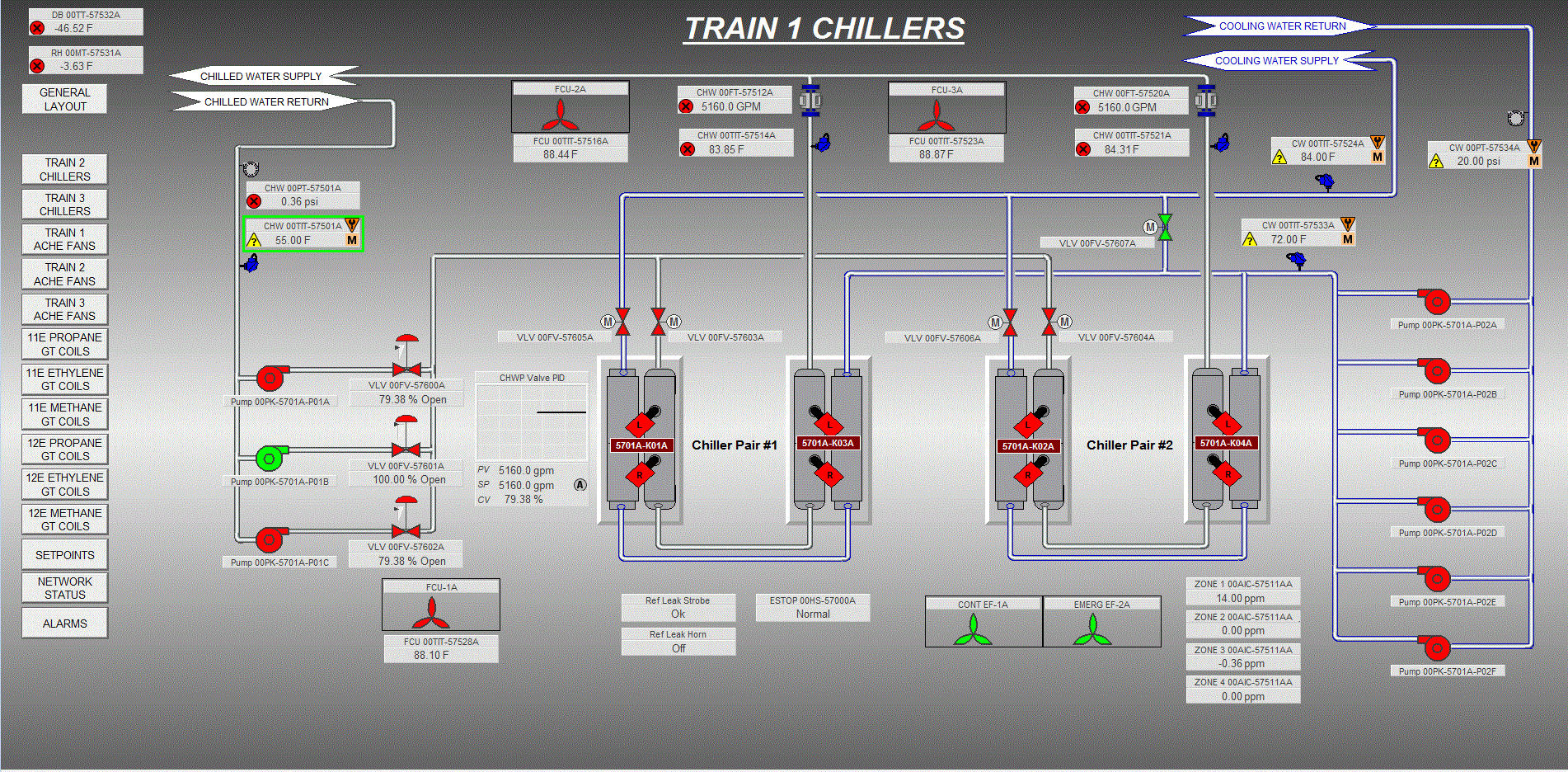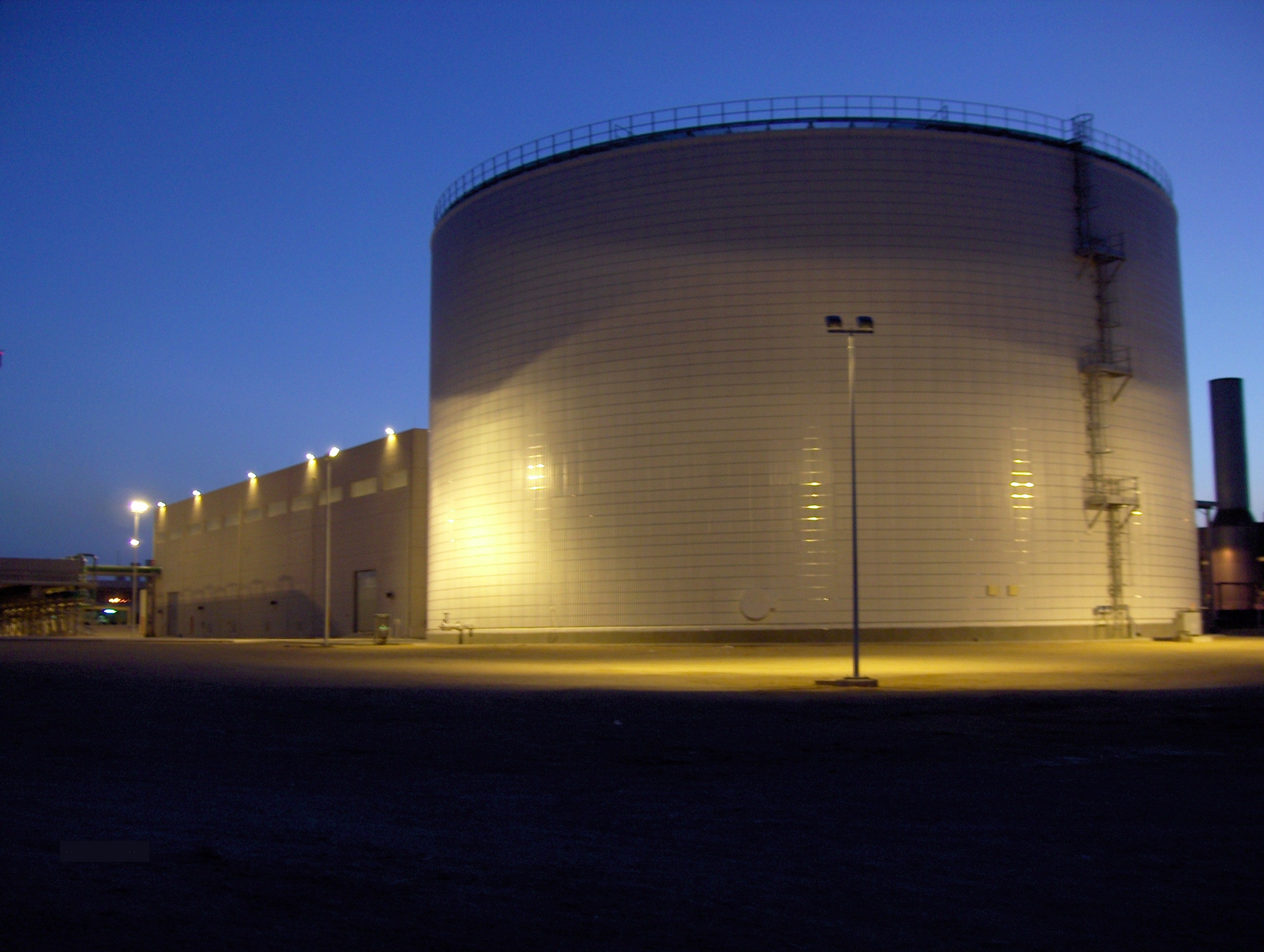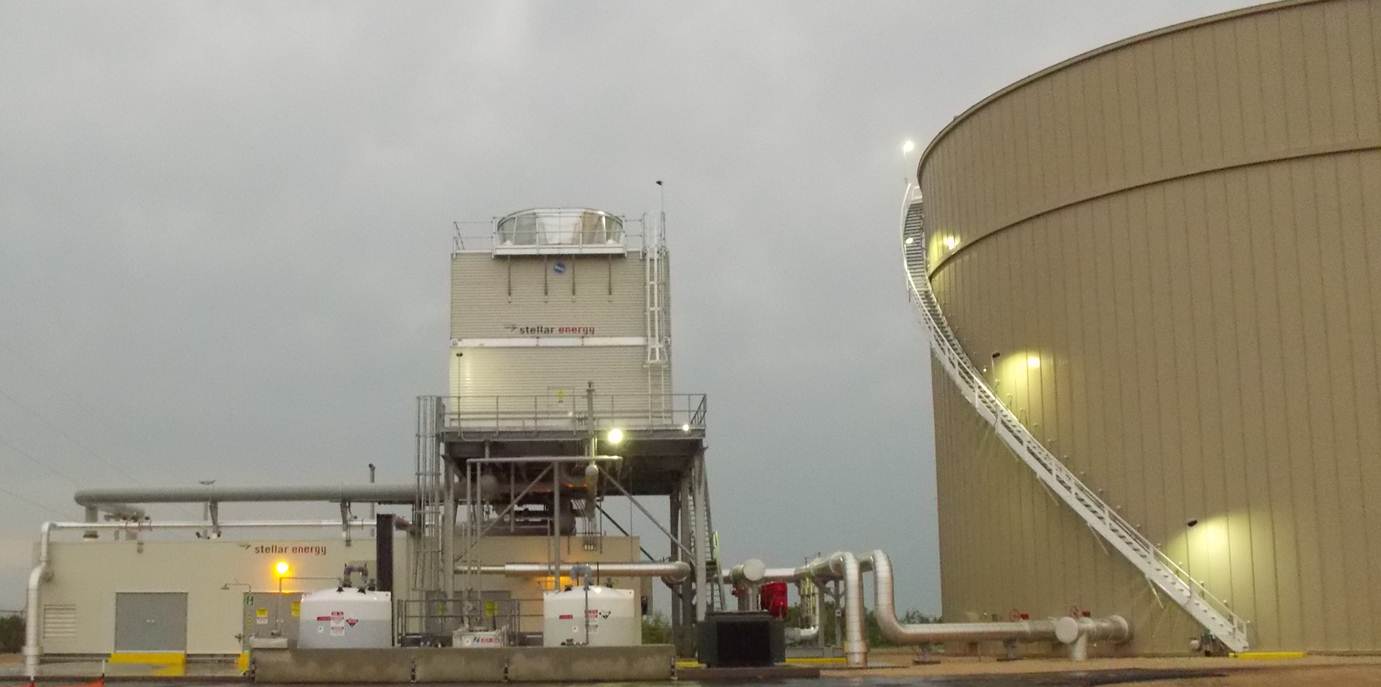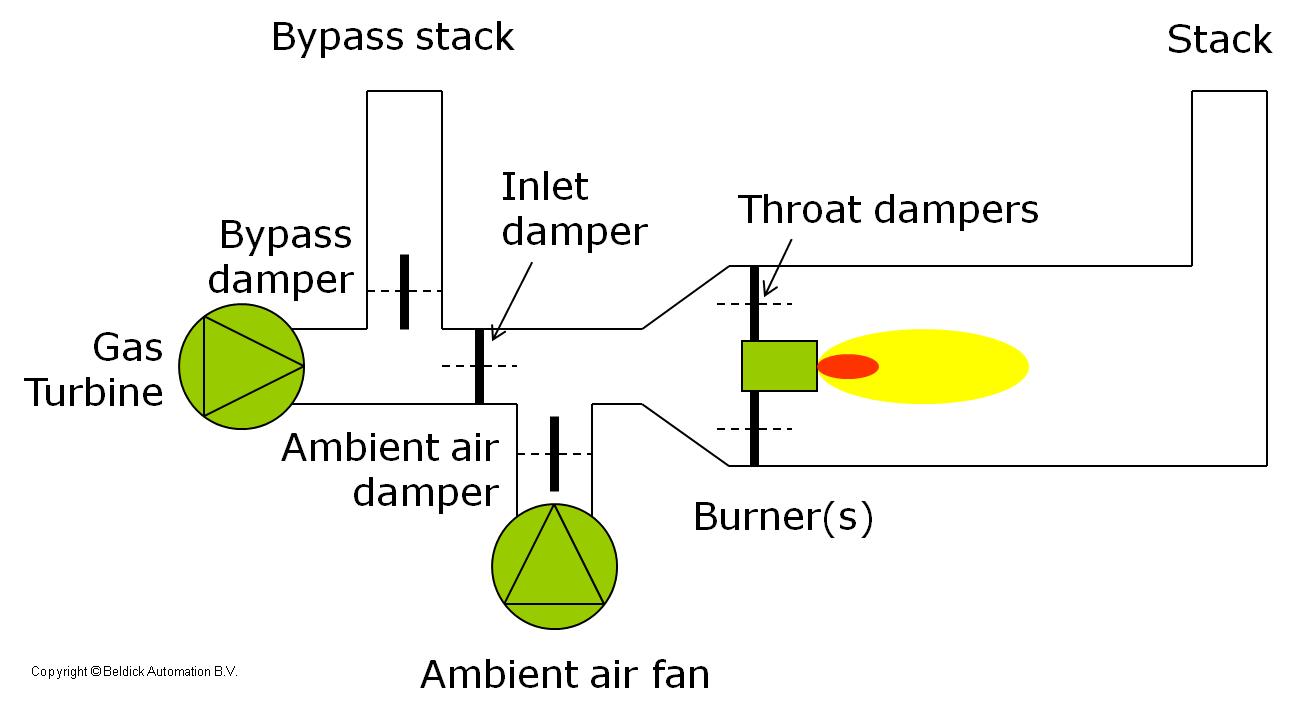In a day and age when technology is advancing more rapidly than ever before, the success of manufacturers and power plant owners has become increasingly reliant on facilities’ ability to execute changes quickly, efficiently, and cost-effectively.
This is particularly true in the process control realm, where a significant increase in both the number of solutions available on the marketplace, along with the capabilities they offer, has provided plant operators with the opportunity to continuously optimize their operations at a relatively low cost.













